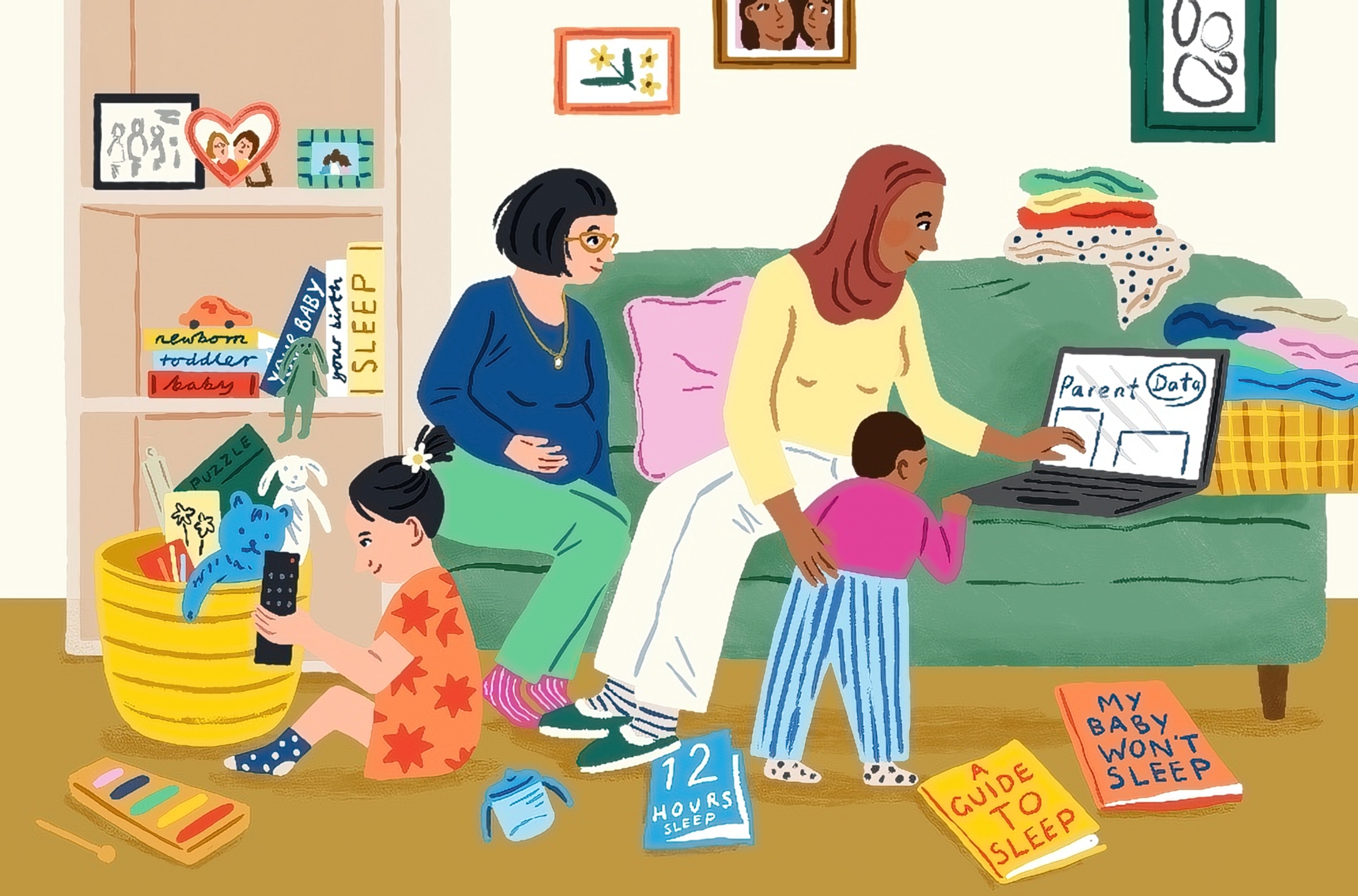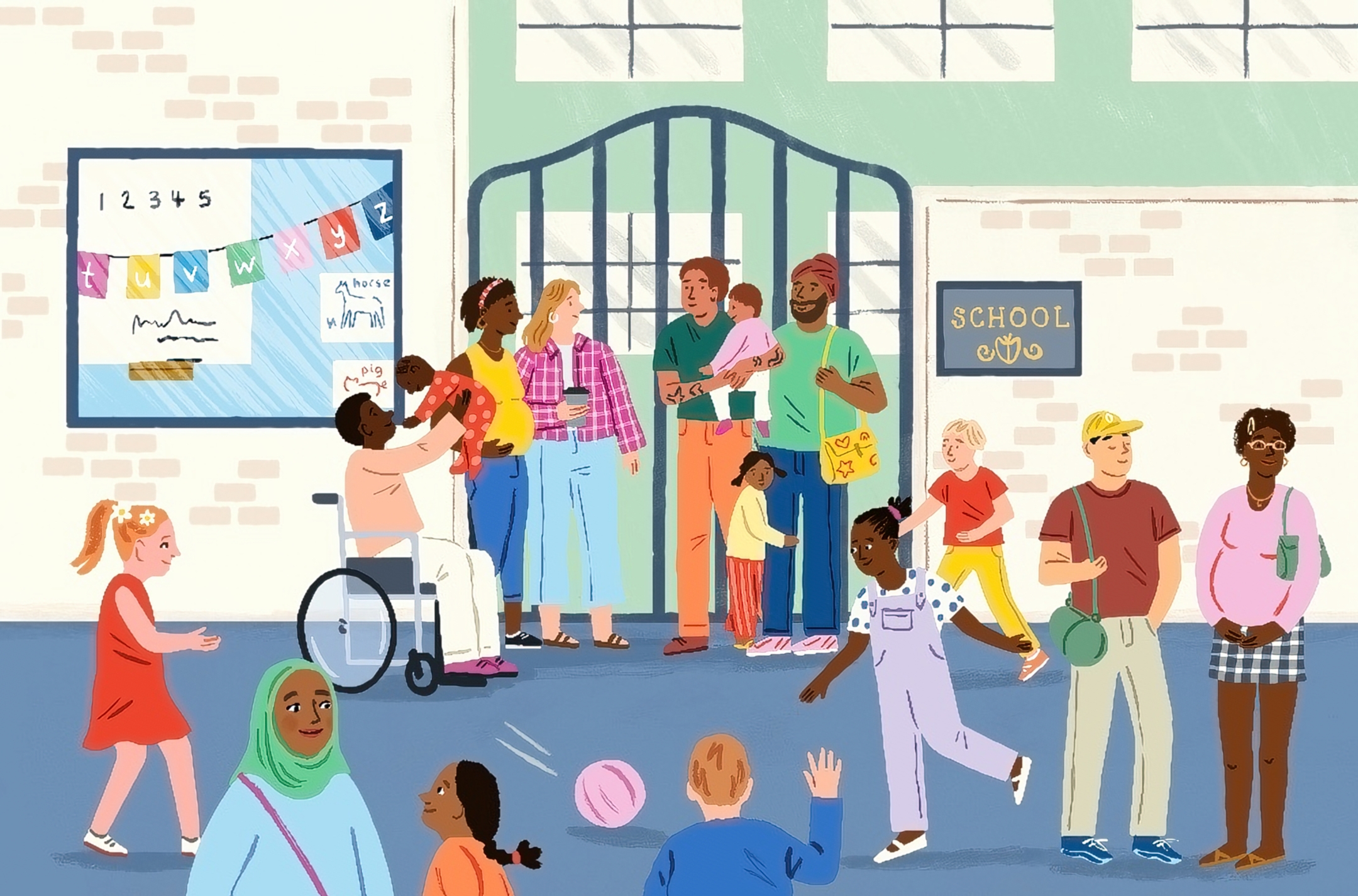Today: outdoor masks. Two notes before getting into it.
First: I’m late on this one in the sense that I’m piggybacking a little bit on what others have written before. Apologies in particular to David Leonhardt who has been beating this drum for weeks and to Lucy McBride, who wrote a great piece on this in the Atlantic. But in case you didn’t see those, or want my slightly more math-oriented take, read on.
Second: nothing I say below should be construed as suggesting that people should not feel free to wear masks if they want. You can always wear a mask! Or a hat! Two masks! Two hats! There are people who are going to continue wearing masks forever because it makes them feel safe, or they like them, or whatever. That’s cool, and we’ll probably all be a lot happier if we just let people be. Today’s post is really focused on the question of how outdoor masking contributes — or not — to COVID safety.
To the question(s): Do unvaccinated people need to wear masks outside? Should we retain outdoor mask mandates for unvaccinated people? If camps or schools in your area have relaxed outdoor masking for kids, should you be worried?
TL/DR:
- No
Full Answer
This rests on a simple question: how likely is COVID transmission outside? If you (or your kid) interacts outside with someone who has COVID-19, how likely is it the virus is transmitted?
The reason this is the right question is that, if we could answer it, we could incorporate it explicitly in our risk calculations. For example: Let’s say I told you the risk of COVID-19 transmission from a particular outdoor interaction was 1 in 100. You could then take the COVID-19 rate in your area, think about the relative risk of the person you’re interacting with, and apply this transmission probability.
This isn’t a very easy question to answer, but we can try to break it down.
The first — but not last — piece of data we need is what share of infections occur outside. This has been the focus of a lot of discussion. The CDC has said this number is “less than 10%”. It’s important to be clear on what this means. They are not saying that the risk of transmission is less than 10% (although it certainty is) but that of the infections which occur, fewer than 10% of them occur outside.
This has been rightly criticized as true but misleading. Based on contact tracing data, the appropriate number is probably more like 0.1%. That is: the statement says fewer than 1 in 10 infections occur outside, with the actual number being more like 1 in 1000. Yes, that’s less than 1 in 10, but when one says “less than 10%” you usually think, like, 9%. Not 0.1%.
As I explained it to my daughter: if you say it’s “less than 100 degrees out” very few people will conclude the actual temperature is 1 degree.
The 0.1% number comes from data like this, on cases in Ireland. Or initial tracking data on about 7500 cases in China, only 1 of which appeared to be spread through an outdoor interaction. Somewhat in contrast is one review of about 10,000 cases in which 95 of them are traced to an outdoor only setting. This would be 1% of cases (still, not close to 10%). The issue which has been raised, though, is that all 95 of those cases are traced to building sites in Singapore. And, in fact, it isn’t completely clear that these sites are fully outdoor or that transmission there was from outdoor interactions.
It is worth saying, also, that there are no documented cases of infection from casual outdoor interaction. If you pass someone on the street, this is not a COVID risk. There are no documented cases I am aware of of a child, for example, getting COVID from another child at a playground. None. Despite the lack of masks in many outdoor (and indoor) child settings in the US and Europe. Now, of course, contact tracing is imperfect and harder for less structured interactions. So having not documented any of this spread doesn’t mean there isn’t any at all. But, the fact is, it is seems rare. Really, really rare.
Okay, so we have an estimate for the share of infections which are spread from outdoor interactions. I favor 0.1% so I’m going to use that, but if you want to rely on Singapore and use 1%, you can substitute that in below. We want to then use that to figure out the risk of infection outside.
I’m going to do a little math. We are looking for a number, which I’m going to call OT which is the outdoor transmission rate. That is, the chance of infection if two unvaccinated people interact outside.
What we know from the above discussion is the ratio of the number of outdoor cases to the number of indoor cases. The number of outdoor cases is this outdoor transmission rate multiplied by the number of outdoor interactions (I’m going to call this ON). We have similar numbers — IT and IN — for the indoor transmission rate and number of interactions.
Putting this together, we have the below equation:


This is: the number of outdoor infections (transmission rate times number of interactions) divided by the number of indoor cases.1
We have a sense of the indoor transmission rate from household studies; I tend to peg it at around 12% (this is unmasked indoor interaction). We can magically rearrange our equation and get this:


This says we can calculate the outdoor transmission rate based on the indoor transmission rate, the share of infections outside and the ratio of the number of indoor to outdoor interactions.
To think about why the last piece matters, imagine I told you there were very few COVID-19 infections among climbers on Mt. Everest this season. You might conclude that mountain climbing is safe. But you’d want to take into account that the number of total interactions there is really small. If outdoor transmission is rare because no one ever goes outside, then that’s different than if people go outside a lot.
Actually, people do go outside a lot.
Let’s say people have half of their interactions outside. If so, this implies an outdoor transmission rate of 0.012%, or about 1 in 8250. If only 20% of interactions are outside, it is about 1 in 2000.
That’s the risk of transmission given some outdoor contact with an infected person. Again, here we are thinking about the risk of transmission with more sustained contact — passing someone on the street has a risk of, basically, zero.
To then think about the risk of infection from being outside unmasked, you want to think about the risk associated with the people you interact with (or your kids interact with). Case rates are down a lot, although as people have noted, the cases we do have are largely in unvaccinated people. What share of the population of people running around outside are unvaccinated and carrying COVID-19? It’s almost certainly less than 1% in most areas of the US.
If you combine a 1% COVID-19 rate with a 1 in 2000 transmission rate, that gives a risk of 1 in 200,000.
Read that as: the risk of an unvaccinated person getting COVID from any particular sustained outdoor interaction is 1 in 200,000.
Probabilities like this are hard to think about because they are so small. One way to think about it: if you had 5 outdoor interactions a day, you’d expect to be infected once every 109 years.
These numbers could be higher or lower if you assume higher or lower indoor transmission rates or case rates, or base your calculations on different assumptions about numbers of interactions inside versus outside. And these numbers are all approximate, estimates. My econometrics friends (and my husband) would tell me, I am sure, that “the confidence interval is close to the real line” (this is 100% how conversations go in my house).
But with virtually any set of assumptions, the combination of the very low transmission rate outside and the low COVID-19 case rate in the US, means that outdoor activities are really, really, really, really low risk even without masks.
Yes, wearing masks isn’t a huge deal! But it is also not no deal. It’s harder to hear people. It gets hot. If it helps protect people, I am optimistic my six year old can wear a mask playing tennis in 90 degrees at summer camp. However, the evidence simply doesn’t suggest it protects him or anyone else to a meaningful degree.
Totally in the weeds: the right hand side is 0.00101 which is 1 divided by 999, not 1 over 1000 because I’m dividing outdoor by indoor and not outdoor by total, and assuming the outdoor is 1 in 1000 total.















